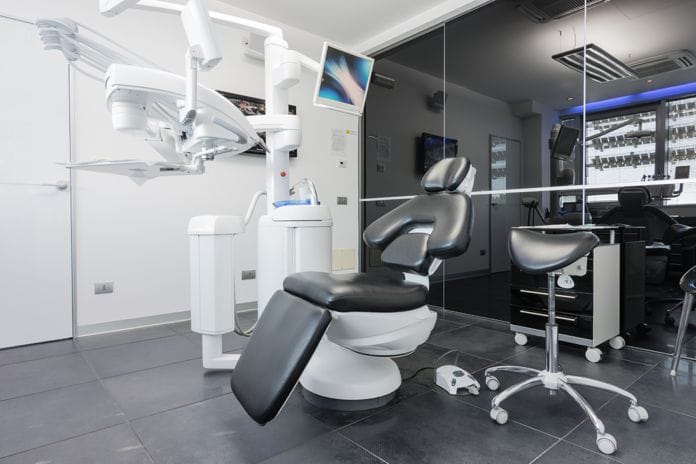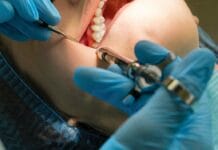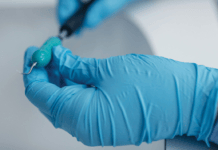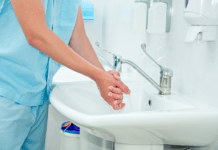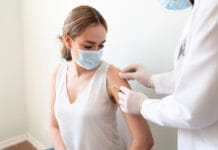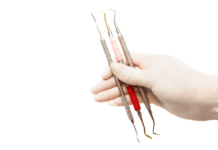Dental technology has advanced tremendously in the past few decades, and it continues to move forward at a rapid pace as new materials and techniques are constantly being introduced. A wide variety of appliances are now being used in the treatment of countless conditions, and many of these innovative devices are manufactured from plastics.
While plastics offer numerous advantages to both patients and practitioners, they have been shown in many cases to harbor potentially harmful bacteria that can exacerbate tooth decay and other oral health concerns. Below are more details about plastic appliances, including advantages and problems with microbial development, and information about a new breakthrough that promises to greatly reduce bacterial overgrowth.
Why Plastic Appliances Are Advantageous
There are several types of dental appliances which utilize plastic components. Transpalatal bars, bionators, bite planes, retainers, mouth guards, dentures, and other devices all are comprised, at least in part, of plastic materials.
The utilization of plastic is an important innovation in dental treatment modalities, particularly in orthodontic practice, as it has supplanted the more exclusive use of metal components. Plastic is often preferable when compared to other materials for several reasons.
First, plastic is able to be easily form-fitted to a patient’s oral cavity and dental anatomy. This form-fitting provides a much more comfortable experience for patients by eliminating unnecessary bulk and less-than-ideal matches between appliances and spaces.
In addition, plastic materials are also typically more cosmetically appealing than metal. Plastics can be colored or be composed of transparent or translucent materials; these can disguise appliances and help promote a more natural smile with fewer visual obstructions.
Bacterial Overgrowth and Plastic Appliances
While plastic dental appliances are clearly a positive development, they have presented a significant challenge at the microbial level. Conventional dental plastics, which include a range of acrylics, ethylene-vinyl acetate, laminates, and other polymers, are vulnerable to bacterial development. Exposed plastic surfaces within the oral environment can become “hotbeds” of bacteria.
Many of these bacteria include those from the streptococci family, of which S. mutans is a notorious constituent. S. mutans is known to be the primary cause of dental caries, and harboring this pathogen within dental appliances is highly problematic for patients.
Worse, bacteria become enmeshed within biofilms on the surface of plastic appliances. Biofilms provide a protective barrier for potentially harmful microorganisms and are often difficult to destroy through daily cleaning by patients. Especially when combined with less-than-ideal prophylaxis by partially compliant patients, biofilms can seriously compromise the health of neighboring teeth.
A Major Breakthrough in Plastic Composition
Because plastic does offer many advantages for use in dental appliances, researchers from Yonsei University and Kyung Hee University in South Korea explored options for improving the antibacterial properties of dental plastics. This research involved the coordinated efforts of biomedical engineering and dental scientists.
The researchers theorized that bacterial proliferation on dental appliances could be prevented by creating a hostile environment for microorganisms. In accordance with this theory, the researchers speculated that conventional plastics used in dental appliances were vulnerable to bacteria colonization due to favorable surface conditions.
To test their theories, researchers fabricated a test platform using polyethylene terephthalate (PETE) and glycol and added layers of chitosan and carboxymethylcellulose. Once they finished their work, the result was a durable, strong plastic with a hydrophilic, or “water-loving,” surface.
Results obtained by testing the fabricated material were extremely positive, as the researchers found bacterial growth decreased by approximately 75 percent. They speculated the hydrophilic surface prevented bacteria from adhering to the plastic and kept biofilm formation at minimal levels.
In addition to the high levels of antibacterial resistance, the formulated plastic also demonstrated positive durability traits within a simulated oral environment consisting of acids and saliva substitutes. This finding helps reinforce the possibility the special formulation has practical applications within dental practice.

